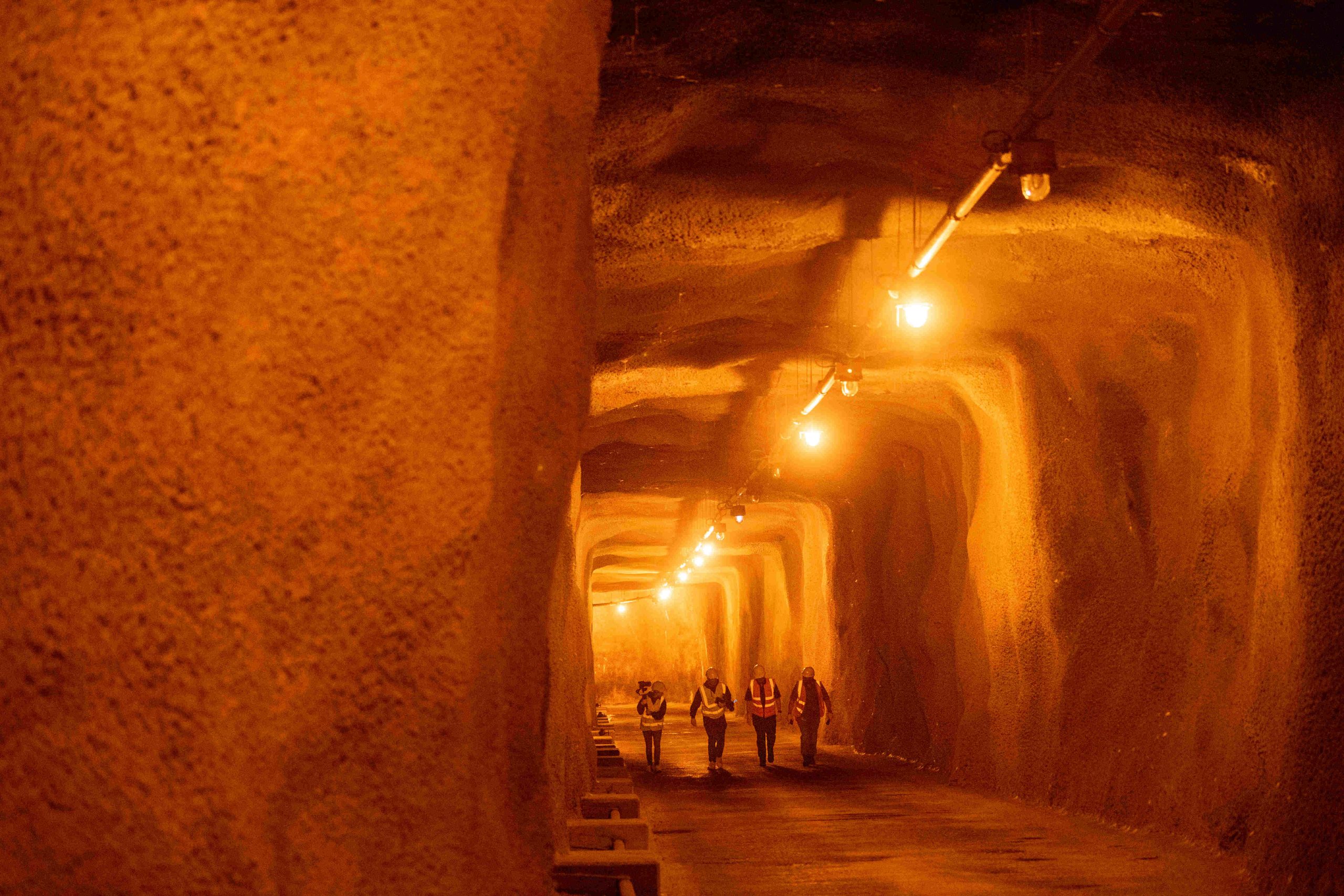LARGE underground tanks able to store up to 8,000m³ of sewage will be constructed in Maufant and St Peter to allow more houses to be built, the Infrastructure Minister has said.
Deputy Tom Binet explained that both areas had been identified as centres of population growth because of the development of affordable-housing sites, which include two fields in St Martin and five close to St Peter’s Village.
Four of those western fields were rezoned in last year’s Bridging Island Plan following late backbench amendments, and it has subsequently been discovered that the drains cannot cope with the potential 179 houses that could be built there.
Speaking to the Environment, Housing and Infrastructure Scrutiny Panel this week, Deputy Binet added that Maufant and Five Oaks were also priorities for drainage upgrades because of plans to develop St Saviour’s Hospital for housing and the building of a ‘health village’ opposite – which is a key part of the government’s New Healthcare Facilities programme.
The Infrastructure and Environment Department recently published a Bridging Liquid Waste Strategy, which proposes spending £40 million over the next four years to avoid ‘catastrophic failures’ in the drainage network.
Part of the solution set out in the strategy is to bury ‘attenuation tanks’ to store sewage to then be released at night back into the network for processing at the new £90m sewage treatment works at Bellozanne, which should be fully operational by the end of this year.
Each circular tank would be a quarter of the size of the Snow Hill Cavern, 20m deep and up to 30m wide, although it could be that smaller tanks are used together.
They would have the capacity of more than three Olympic swimming pools.
Storage tanks are also likely to be dug at Les Quennevais and in the north of the Island, although their exact locations are yet to determined.
Asked if developers should pay to connect their buildings to the mains network, Deputy Binet replied: ‘It is arguable that there should be a contribution but what you can’t have is a situation where new developments are paying for the underinvestment level that affects the whole Island.’
The Deputy said that the £40m funding bid, which he said he was confident the Treasury would allocate to his department in the forthcoming Government Plan, was the result of decades of underinvestment by previous administrations.
Addressing the same Environment, Housing and Infrastructure Scrutiny Panel earlier in the day, Treasury Minister Ian Gorst said that the funding bid was still being assessed, although he added that the Council of Ministers had made housing a priority.
‘If we consider the cost of housing and supply of housing to be an economic threat, and I do, then we need to deal with this issue,’ he said.
However, Deputy Gorst added that he could not recall the drainage network being raised as a major issue when funding for the sewage treatment works was approved in 2014.
‘Since then, we have spent nearly £90m on the new sewage works; that was the priority,’ he said. ‘Now, the focus has turned to the network itself.
‘It is never a surprise when a department comes asking for money, but I don’t recall when we supported the treatment works that it was suggested that we would need to spend additional monies as well.’






